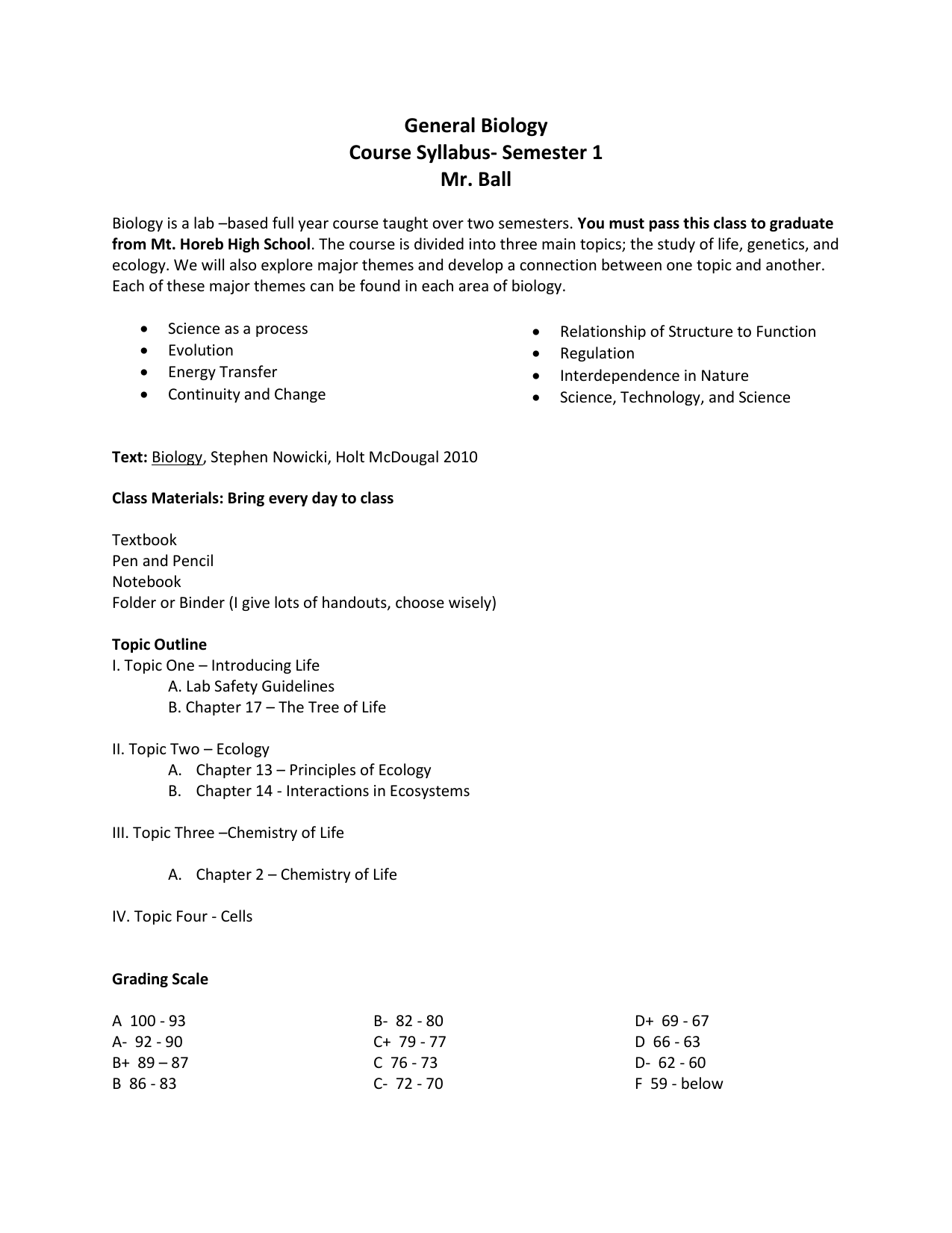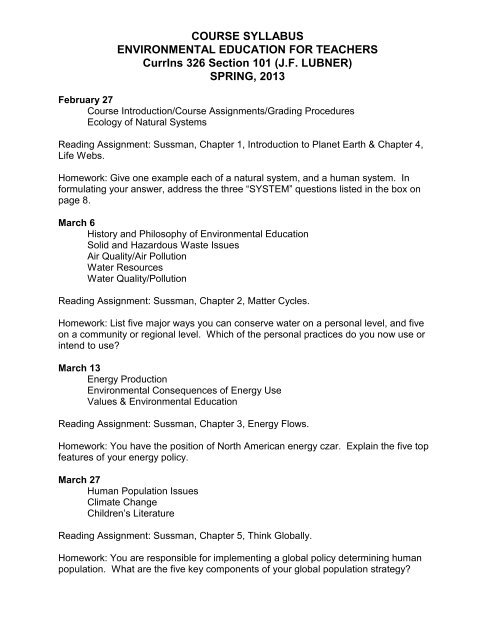
Overview of vascular plant development and structureĮxam Two likely in week of Nov 15-18, 2010 Unit 2 (Mauseth, 4 th ed.) chapters 21 (part), 22, 23, 5, 6, 7, 8, 9 various handouts-approximately 6 weeks Overview of phyla to be covered: Hepatophyta (= Marchantiophyta), Bryophyta,, Pterophyta (= Pteridophyta), Lycophyta (= Lycopodiophyta) Sporophyte generation, Gametophyte generation Use of simple dichotomous key (may be moved to later in course) Introduction to Linnaean taxonomic systemĪdvantages of standardized nomenclature and general grammatical usage Introduction to alternation of generations Genetic material: Concepts of ploidy, mitosis, meiosis Microscopes, standard “bright-field” microscopes, micrometers,Ĭells as fundamental components of plants Utilization of Laboratory equipment: Magnifying glasses, dissecting personal journals, Records for this courseĪgriculture (including genetic engineering) and human nutrition Orientation to course, Safety, Student services Unit 1 (Mauseth, 4 th ed.) chapters 3,4, 18, 20, 21 (part), 11 various handouts- approximately 6 weeks General Botany Course Outline and Schedule Also, you will be required to maintain a laboratory notebook, which will comprise a portion of your final course grade. Laboratory content is incorporated with lecture content during exams. You will be expected to develop certain laboratory skills and you may be tested on them. Laboratory work comprises a considerable portion of this class. Some required readings and films may be on reserve in the library. If circumstances permit, material may also be presented in the form of films, guest lectures, etc. Most of this course consists of traditional informal lecture and laboratory work. You are responsible for this material and it will be on exams. Also, information will be presented in lecture that is not in the readings. Make provisions to keep these handouts safely and neatly with your notes. In addition to readings and lectures, a great deal of information will be provided in handouts. The type will be discussed during the first week of classes and also is discussed in this syllabus in the section called “Lab Zero”. You also are required to maintain a laboratory notebook of a certain type. It, also, is generally available at ACC's bookstore or from a large number of other vendors.Įach student is required to have a small set of inexpensive colored pencils to facilitate certain projects and presentations. Photographic Atlas for the Botany Laboratory by Van De Graaff, Rushforth, and Crawley is recommended for laboratory work. It is generally available at ACC's bookstore or from a large number of other vendors. You will be expected to read required chapters in this text.

Required and recommended texts and supplies:īotany: An Introduction to Plant Biology by James Mauseth (4 th edition) is our required text. Mathematics, chemistry, and cellular biology are utilized, but at a high school/beginners level.


It is intended to be accessible to motivated beginners (with high school level general education) and to be highly informational for those who already have some college-level science. This course has no college-level pre-requisite courses. This course should, however, be of interest and use to anyone seriously pursuing a career in general biology or horticulture or agriculture or ecology. It likely will seem more theoretical and less practical than horticulture. Botany is the study of plants in context of general science. Those subjects are better described as horticulture.
ECOLOGY SYLLABUS HIGH SCHOOL HOW TO
We are continuing to develop the curriculum and will add new units (a total of 23) and lesson plans as they are completed.Botany is not necessarily about how to grow plants or maintain a garden. It is aimed towards high school students, but can be adapted for other age groups.Įxplore eleven custom designed units on topics that can be integrated into a variety of courses such as art, biology, chemistry, environmental and marine science, and physics, while adhering to course standards. This award-winning coral reef ecology curriculum has been developed in accordance with the Next Generation Science Standards (NGSS), the Ocean Literacy Principles (OLP), and the Common Core State Standards (CCSS).


 0 kommentar(er)
0 kommentar(er)
